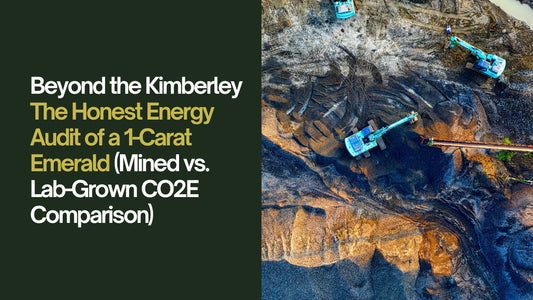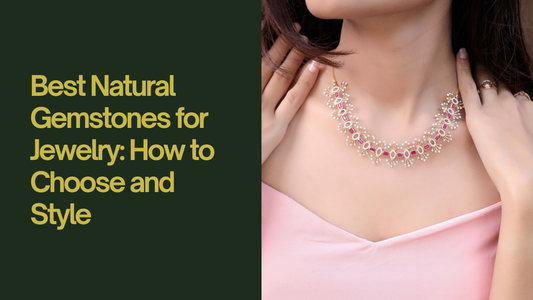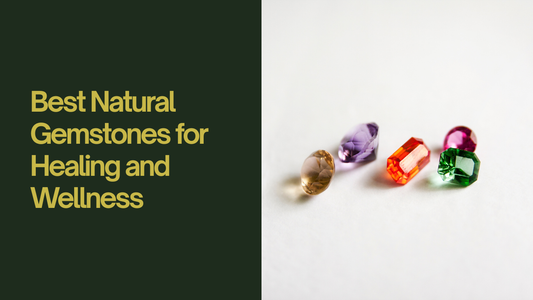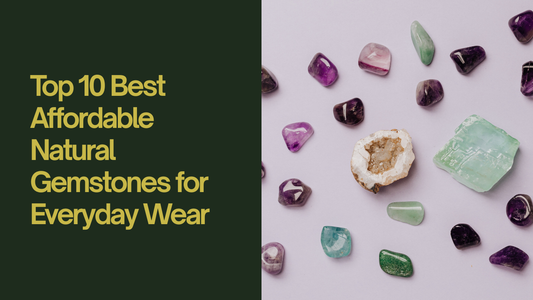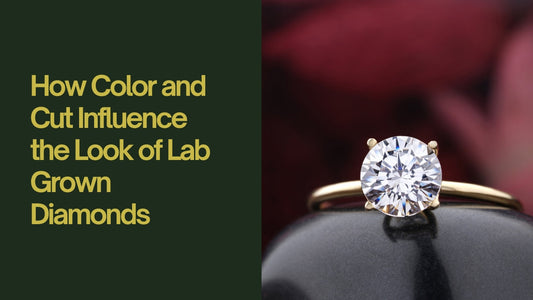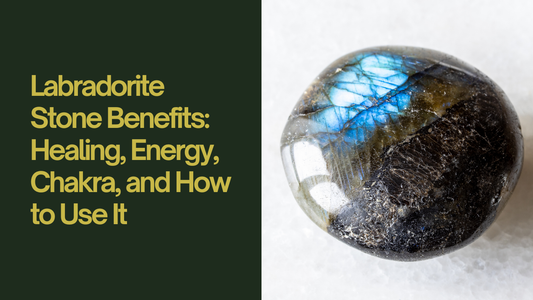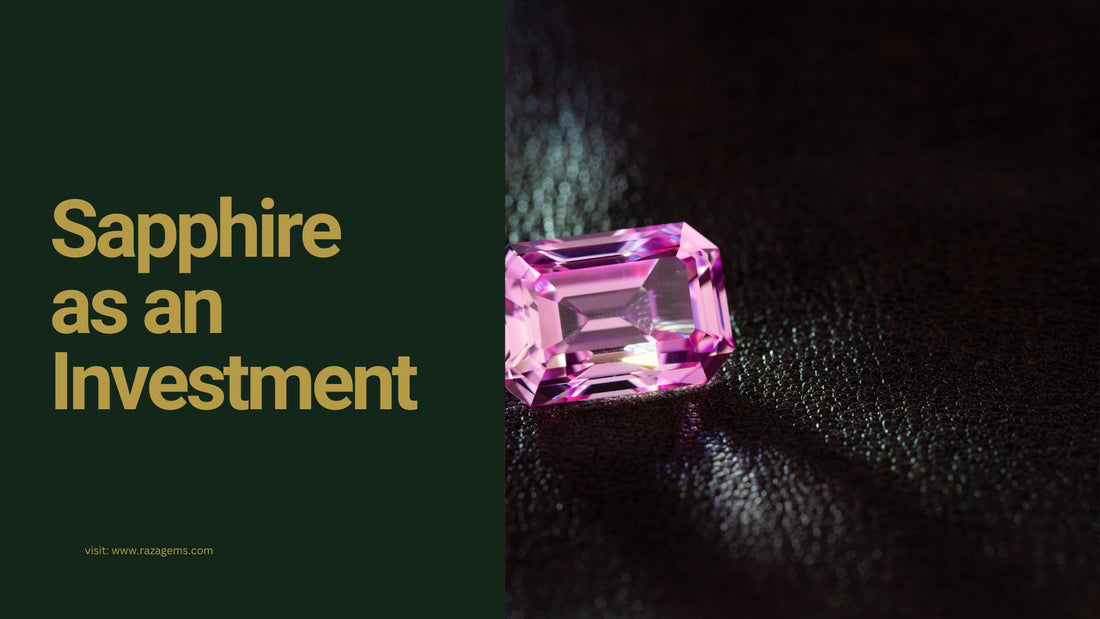
Sapphire vs. Other Blue Gemstones: How to Tell the Difference
Blue is a popular color for gemstones, and sapphires are one of the most sought-after blue gems in the world. But did you know there are many other beautiful blue gemstones that can sometimes be confused with sapphires? In this blog, we will explore the differences between sapphires and other blue gemstones, so you can easily tell them apart. We will look at how sapphires compare to stones like topaz, aquamarine, tanzanite, and others.
1. Sapphire Overview
Sapphire is a precious gemstone known for its deep blue color, although it comes in many other shades too. It is part of the corundum family, and the rich blue sapphire is often considered the most valuable. Sapphires are known for their hardness, durability, and beauty, making them perfect for everyday wear.
2. Blue Topaz vs. Sapphire
Blue Topaz is a popular gemstone that is often mistaken for sapphire because of its bright blue color. However, there are several key differences:
- Color: Blue topaz has a lighter and more vivid blue color compared to the deeper, richer blue of a sapphire. Topaz tends to have more of a sky-blue tone, while sapphires are often darker.
- Hardness: Sapphires are harder, with a 9 on the Mohs scale, while blue topaz is softer at an 8. This means sapphires are more durable and less prone to scratches.
- Price: Blue topaz is much more affordable than sapphire, making it a popular choice for those who want a beautiful blue gemstone without the higher cost.
3. Aquamarine vs. Sapphire
Aquamarine is another blue gemstone, part of the beryl family, and it is often compared to sapphire because of its ocean-blue color.
- Color: Aquamarine has a lighter, pastel blue color compared to the deep, royal blue of sapphire. Aquamarine is more transparent and gives off a watery, crystal-clear appearance.
- Hardness: On the Mohs scale, aquamarine is rated at 7.5 to 8, which is softer than sapphire. This makes sapphire a better option for rings or pieces that are worn daily.
- Price: Aquamarine is generally less expensive than sapphire, especially for larger stones. However, high-quality aquamarine can still be valuable.
4. Tanzanite vs. Sapphire
Tanzanite is a unique blue gemstone found only in Tanzania, and it can have a beautiful blue-violet color.
- Color: Tanzanite often appears more violet-blue compared to the pure blue of sapphire. Its color can shift slightly depending on the light, giving it a more varied look.
- Hardness: Tanzanite is softer than sapphire, with a hardness of 6.5 to 7 on the Mohs scale. This makes it more prone to scratches and chips.
- Price: Tanzanite can be quite expensive, but it is usually priced lower than sapphire due to its softness. However, because it is rare and found in only one location, high-quality tanzanite can still be valuable.
5. Lapis Lazuli vs. Sapphire
Lapis Lazuli is a deep blue stone that has been prized for thousands of years and was once used to create blue pigments for paint.
- Color: Lapis Lazuli has a rich blue color but with tiny flecks of gold-colored pyrite. This gives the stone a speckled, starry appearance. Sapphire, on the other hand, is usually a uniform blue.
- Hardness: Lapis Lazuli is much softer, with a hardness of only 5 to 6 on the Mohs scale. This makes it much less durable than sapphire.
- Price: Lapis Lazuli is generally much more affordable than sapphire, making it a popular choice for decorative stones and jewelry.
6. Spinel vs. Sapphire
Blue Spinel is a rare gemstone that can resemble sapphire because of its deep blue color.
- Color: Blue spinel can look very similar to sapphire, but it often has a slightly more greyish or purplish tone.
- Hardness: Spinel is close to sapphire in terms of hardness, with an 8 on the Mohs scale. This makes it a durable alternative to sapphire.
- Price: Blue spinel is rare, but it is usually less expensive than sapphire. However, its rarity can make it valuable depending on the quality of the stone.
7. Iolite vs. Sapphire
Iolite is another gemstone that can be confused with sapphire due to its rich blue color.
- Color: Iolite has a blue-violet hue that can change depending on the angle you look at it. This color-shifting quality is different from sapphire, which maintains a consistent blue color.
- Hardness: Iolite is softer than sapphire, with a hardness of 7 to 7.5, making it more prone to scratches and chips.
- Price: Iolite is usually more affordable than sapphire, but it can still be valuable for larger or high-quality stones.
8. Blue Zircon vs. Sapphire
Blue Zircon is another gemstone often compared to sapphire because of its vibrant blue hue.
- Color: Blue zircon has a bright, electric blue color that can be more intense than sapphire. Its sparkle and brilliance are also greater due to its high refractive index.
- Hardness: Zircon is softer than sapphire, with a hardness of 6.5 to 7.5. This makes it less durable for everyday wear.
- Price: Blue zircon is more affordable than sapphire, but it is valued for its intense color and brilliance.
Conclusion
While sapphires are one of the most popular blue gemstones, many other blue gems can be just as beautiful. Each gemstone has its unique qualities, from color to hardness and price. Whether you're drawn to the rich blue of sapphire, the light blue of aquamarine, or the violet-blue of tanzanite, understanding the differences will help you choose the perfect blue gemstone for your jewelry. Sapphires stand out for their durability and deep blue color, but other blue gemstones offer their own distinct charm
